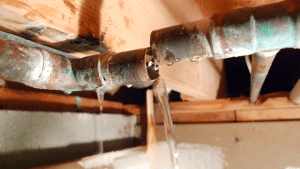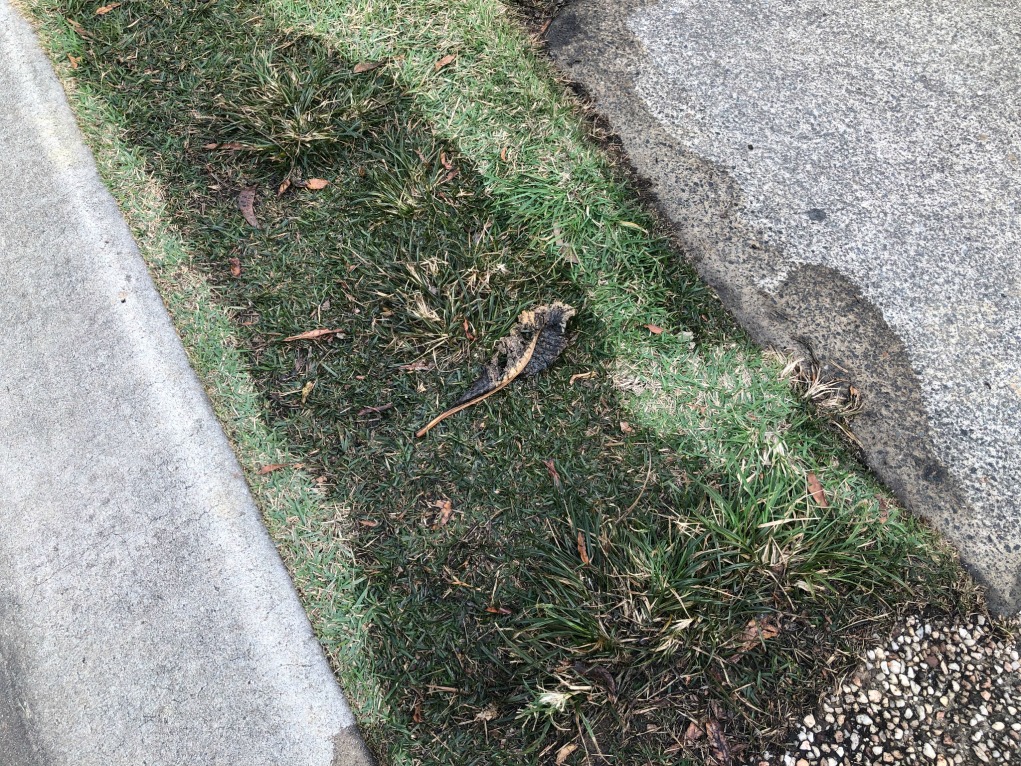6 Ways to Locate Concealed Water Leakages in Your House
6 Ways to Locate Concealed Water Leakages in Your House
Blog Article
Right here down the page you will find more excellent tips with regards to Top leak detection hacks.

Early discovery of leaking water lines can alleviate a potential disaster. Some tiny water leaks may not be visible.
1. Examine the Water Meter
Every house has a water meter. Checking it is a proven manner in which helps you find leakages. For beginners, switch off all the water resources. Make sure no one will flush, utilize the faucet, shower, run the cleaning device or dishwashing machine. From there, go to the meter as well as watch if it will certainly transform. Because no one is using it, there should be no motions. If it relocates, that suggests a fast-moving leakage. Furthermore, if you spot no changes, wait an hour or 2 and check back again. This means you may have a sluggish leakage that might even be below ground.
2. Inspect Water Intake
Assess your water expenses and track your water consumption. As the one paying it, you should notice if there are any type of disparities. If you find sudden changes, in spite of your intake being the same, it indicates that you have leaks in your plumbing system. Remember, your water expense need to fall under the very same array on a monthly basis. An unexpected spike in your expense indicates a fast-moving leakage.
A consistent increase every month, even with the exact same practices, shows you have a slow leak that's additionally gradually intensifying. Call a plumber to extensively inspect your property, specifically if you feel a warm location on your floor with piping below.
3. Do a Food Coloring Test
30% comes from bathrooms when it comes to water consumption. Examination to see if they are running correctly. Decrease flecks of food color in the tank as well as wait 10 mins. If the color somehow infiltrates your dish throughout that time without flushing, there's a leakage in between the tank and also bowl.
4. Asses Exterior Lines
Do not neglect to check your exterior water lines also. Examination spigots by connecting a garden hose pipe. Should water seep out of the link, you have a loosened rubber gasket. Change this as well as make sure all connections are tight. It will certainly aid get it professionally examined and also maintained each year if you've got a lawn sprinkler system. One little leak can waste tons of water as well as increase your water costs.
5. Assess the scenario and check
House owners should make it a habit to inspect under the sink counters as well as also inside closets for any bad odor or mold and mildew development. These 2 red flags show a leak so prompt interest is required. Doing routine examinations, also bi-annually, can save you from a major problem.
If you understand your home is already old, keep a watchful eye on your heating units, pipes, pipelines and so on. Look for stainings and also compromising as many pipes and also home appliances have a life expectancy. They will certainly also naturally wear away as a result of wear and tear. Don't wait for it to escalate if you suspect leaking water lines in your plumbing system. Call an expert plumber as soon as possible so you don't end up with a horrible mess in your house.
Early discovery of dripping water lines can reduce a possible disaster. Some little water leaks might not be visible. Checking it is a surefire way that aids you find leaks. One small leakage can waste lots of water as well as increase your water costs.
If you believe dripping water lines in your plumbing system, do not wait for it to rise.
WARNING SIGNS OF WATER LEAKAGE BEHIND THE WALL
PERSISTENT MUSTY ODORS
As water slowly drips from a leaky pipe inside the wall, flooring and sheetrock stay damp and develop an odor similar to wet cardboard. It generates a musty smell that can help you find hidden leaks.
MOLD IN UNUSUAL AREAS
Mold usually grows in wet areas like kitchens, baths and laundry rooms. If you spot the stuff on walls or baseboards in other rooms of the house, it’s a good indicator of undetected water leaks.
STAINS THAT GROW
When mold thrives around a leaky pipe, it sometimes takes hold on the inside surface of the affected wall. A growing stain on otherwise clean sheetrock is often your sign of a hidden plumbing problem.
PEELING OR BUBBLING WALLPAPER / PAINT
This clue is easy to miss in rooms that don’t get much use. When you see wallpaper separating along seams or paint bubbling or flaking off the wall, blame sheetrock that stays wet because of an undetected leak.
BUCKLED CEILINGS AND STAINED FLOORS
If ceilings or floors in bathrooms, kitchens or laundry areas develop structural problems, don’t rule out constant damp inside the walls. Wet sheetrock can affect adjacent framing, flooring and ceilings.
https://www.servicemasterbyzaba.com/blog/how-to-detect-water-leakage-in-walls/

I'm just very occupied with Leaking water lines and I'm hoping you appreciated the new article. Kindly take the opportunity to promote this content if you enjoyed reading it. Thanks so much for your time spent reading it.
Report this page